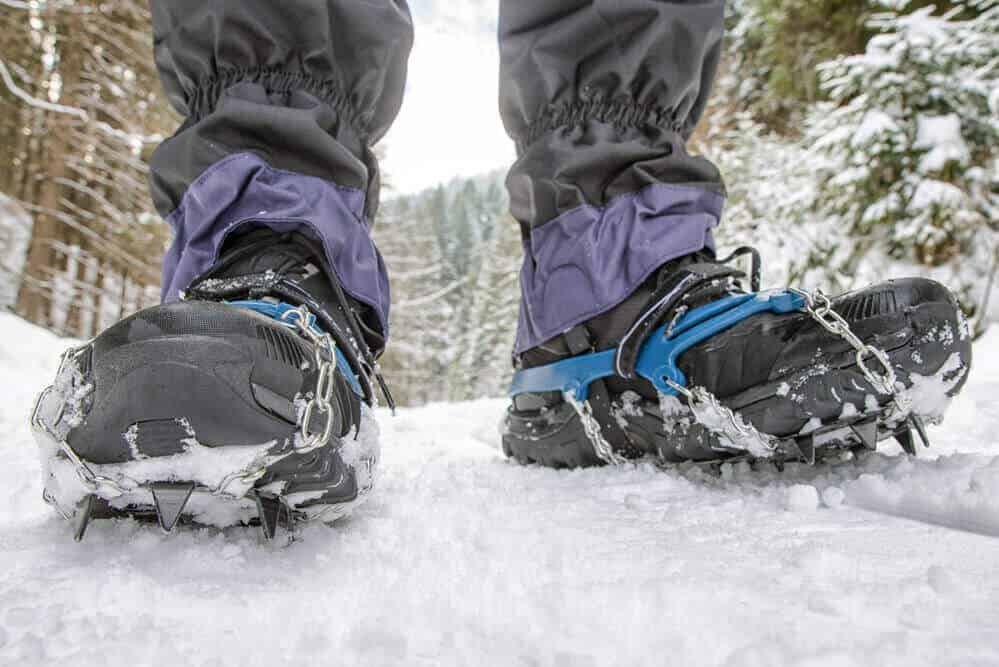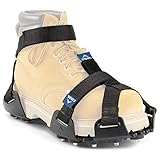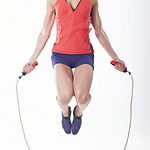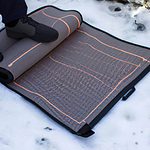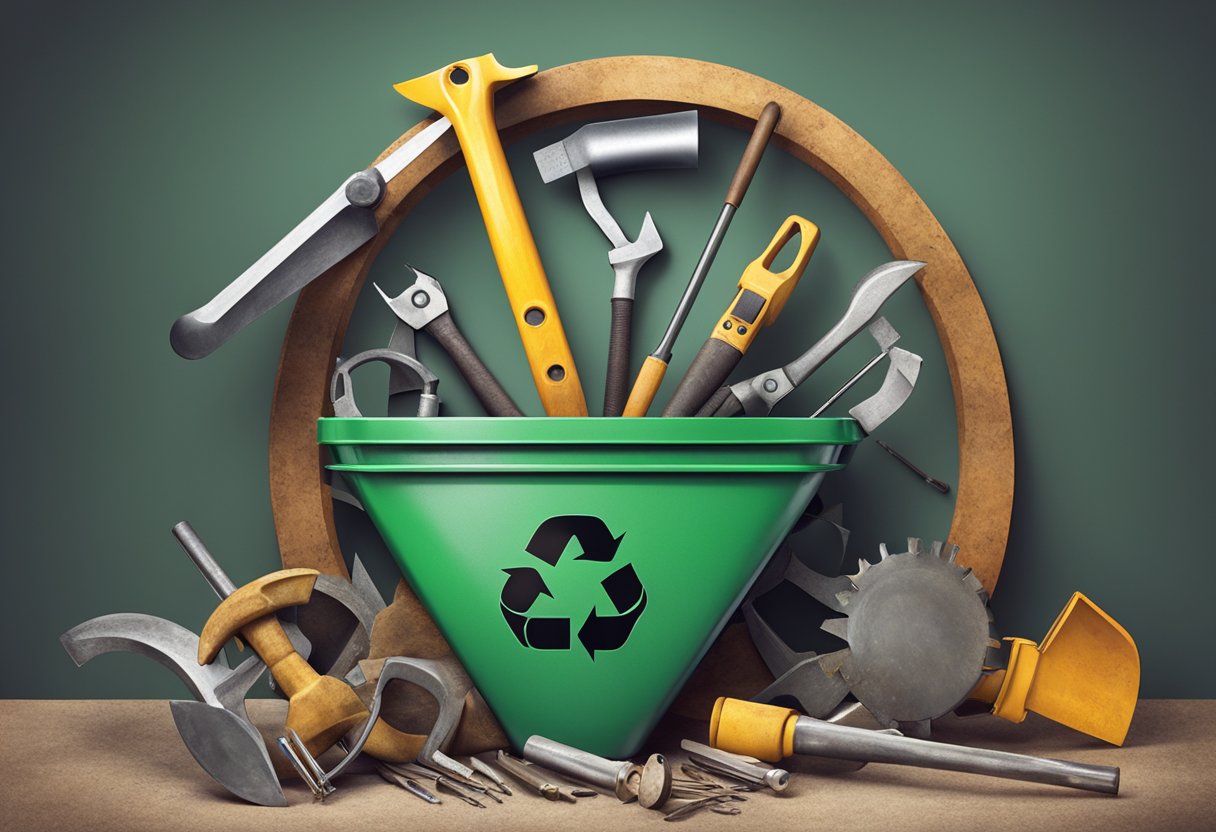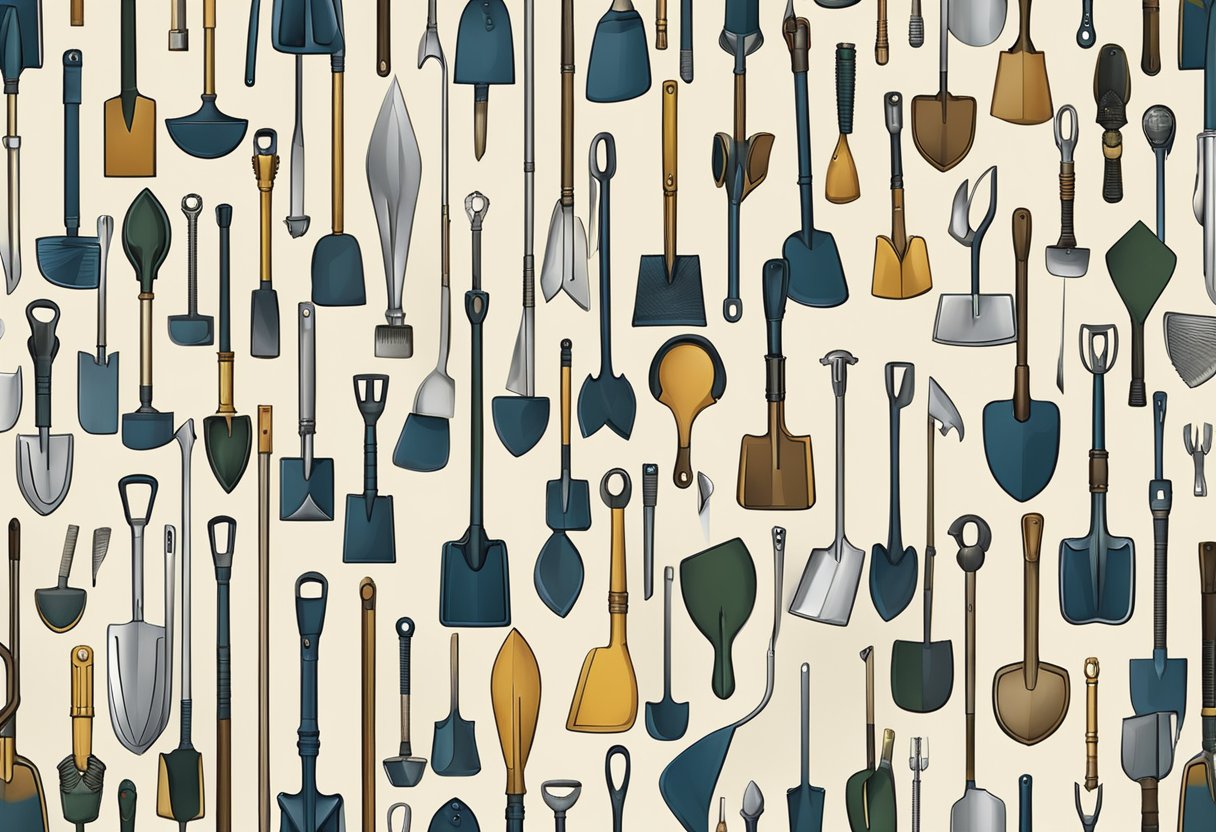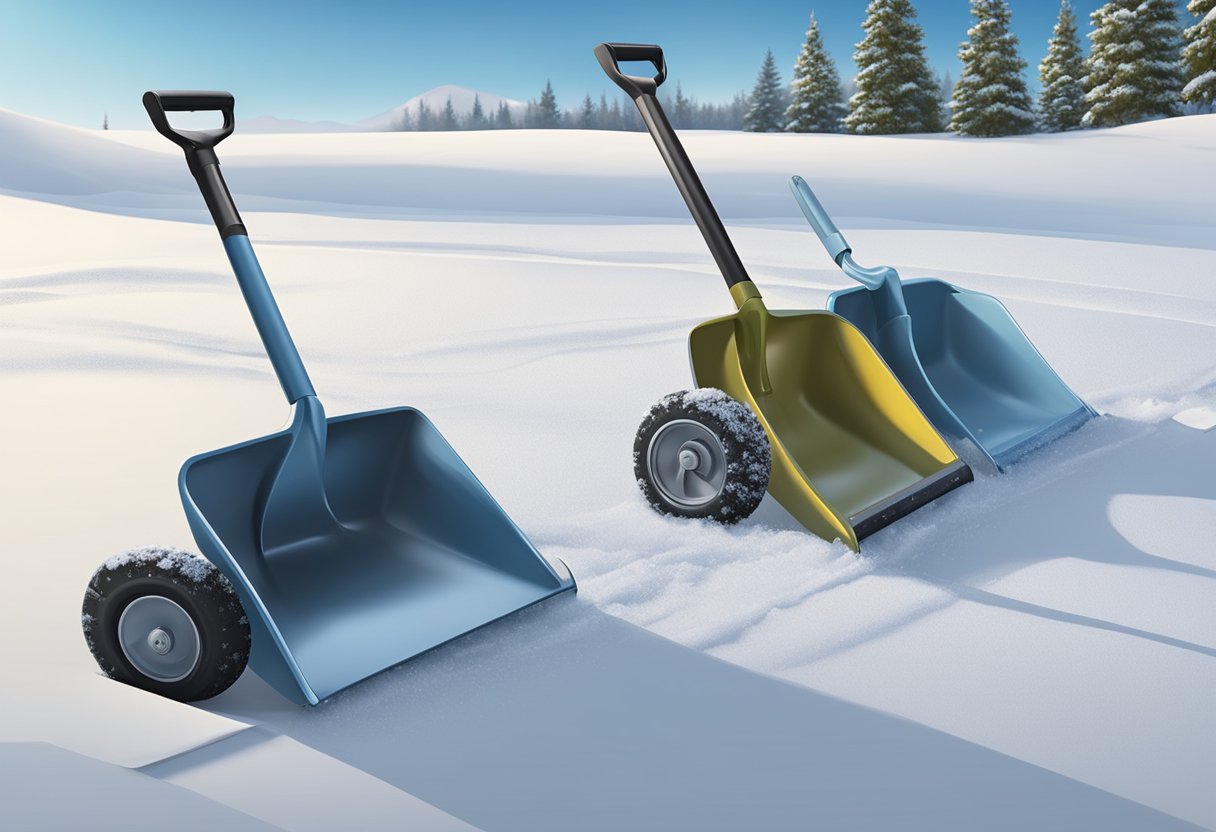When shovelling snow, many ask if ice gripping devices such as cleats, coils, studs, spikes and crampons are helpful. The debate over footwear continues, with some stating that ice-gripping devices are beneficial while others maintain that they are unnecessary. In this blog post, we’ll answer the question and look at what kind is best for the task. We’ll also discuss the care and use of traction devices and help you choose the best pair of ice cleats for shovelling snow.
Table of Contents
Benefits And Disadvantages Of Ice Gripping Devices When Shovelling Snow
There are definite benefits and disadvantages of wearing any ice gripping device when shovelling snow.
Benefits
- Extra grip on slippery surfaces
- Increased balance to avoid falls
- Easier and more efficient job of shovelling snow
- Reduced risk of injury when lifting and throwing snow as your stance is more secure
- More even distribution of workload, making the task less tiring
Disadvantages
There are some disadvantages of ice gripping devices when shovelling snow:
- can make the job more challenging and more time-consuming if not appropriate to the shovelling conditions
- the coil, stud or spikes may damage surfaces they grip
- if not fitted well, you can injure yourself
Types Of Ice Gripping Devices For Snow
When shovelling snow, most people would agree that footwear is critical. Regardless of the ice gripping device type, they are all placed over your current footwear and are easily removable when not needed. In addition, they are lightweight and can handle hard surfaces, slush, mud or ice. We have sorted the types by the grip style so that you will understand the grip, which is the most important aspect, no matter what they are called, cleats, coils, studs, spikes or crampons. The current options for footwear traction devices include:
Coil style
The coil-style grip looks like springs wound around a rubber frame that you attach to your boot with velcro strapping. The coil will slip on ice, but you will slide less so than if you did not have them on, so walking on ice still requires concentration and focus. The coils are coated in zinc, so they are abrasion-proof to give them a good wear time and will not rust. These ice grippers for shoes or boots is suitable for snowy surfaces or icy conditions, such as walking around your neighbourhood on city sidewalks, but any incline or hill, and you will be sliding once again. To rid your property of ice take a look at our article The 10 Best Ways To Melt Ice On Driveways With Minimal Effort
Stud style
The stud, traction cleat or screw grip looks like many small studs or screws attached to a thick rubber network you place over your boot. With this type of ice gripping device, the studs grip the ice or snow when you push off to begin walking, so it is good for soft snow or icy surfaces. The best ice cleats are tungsten carbon tips which are also great for walking or hiking on a flat surface of snow, mud or ice and will not cause issues when walking on the dry flat pavement to snow to ice. However, as you cannot dig in the stud to get traction, they will be ineffective on steep inclines.
In the stud style, you will also find products that offer a wrap-around stud to go around the arch of your foot only or a type that attaches to the upper foot or toe area.
Microspike style
The game of traction devices increases in strength and durability with the microspike style also known as a microspike crampon. Stainless steel spikes are attached to a chain frame linked to a rubber or polymer frame placed over your boot. This traction device is geared towards hiking, mountain travel, and trail running in packed snow, mud or icy trails. However, they will definitely need to be removed when walking on dry pavement.
Depending on the manufacturer, there will be a variation in the length of the microspike, the number of spikes, and the configuration of the spikes. Quality microspikes are attached to chains welded together for increased strength and durability. If the chains are not welded, there is a potential for the chain to open and fly off your boot. Also, as the spikes add an increased height and weight to your overall body, you will need to lift your legs higher when walking normally so that you do not trip, which can tire you out more quickly. Lastly, there is also a difference in the distribution and alignment of the microspikes; some will aid you in walking better, while others will add to you tiring quicker.
Crampon style
Crampons are winter traction devices with large spikes that reach out from the shoe to grip ice or snow. These are utilized when climbing ice or snow in the mountains or alpines. These will only be needed when shovelling snow if you have a hikers’ cabin in the alps and need to clear the sidewalk there!
Cleats and picks can make shovelling easier. However, they are unnecessary if the snowfall amount in your area is minimal as you can still use good quality boots effectively to shovel snow. For areas that receive large amounts of snow the cleats and picks will help you to be safe while shovelling. The main reason why cleats and picks are helpful is that they distribute the workload more evenly across your feet and ankles. This distribution makes shovelling much less tiring and reduces the risk of injury.
What To Look For In Ice Gripping Devices To Shovel Snow
There are many choices and configurations for ice grippers; here is our experience on what makes the best ice gripping device to shovel snow.
First is to consider if you even need an ice gripping device. If you are shovelling snow off a deck, small area, or have little snowfall, you probably do not need any additional traction and will be able to complete your task efficiently with good-quality boots. However, if you have mid to heavy snowfall, a long sidewalk, driveway or a large area to clear, ice gripping devices will help you achieve the job safely.
My go to boots for shovelling in the winter are Dryshod Artic Storm boots. I have two pair, one rate for -45C/-50F and the other for -29C/-20F. Given that they are made of rubber and neoprene and are well insulated my feet stay warm and dry and I have excellent traction for shovelling on light snowdays on a flat surface. They come in hi or low cut boots, for men, women and children. I even use them in the summer when I am spray washing my property. I highly recommend them.
If the large area is mainly a flat surface, we recommend a coil or stud-style gripper, as these will help you to keep shovelling without getting caught slipping on any ice that may have formed under the new snowfall. The best ice grippers for shoes would be to purchase a coil or stud gripper designed to attach to the entire length of your shoe or boot, fits your boot tightly and has an additional strap that wraps around your foot to ensure the gripper stays in place.
We recommend the stud or microspike grippers if the large area is a driveway with an incline. The stud gripper is an excellent option on a slight angle but ensure that the gripper you purchase has multiple studs at the upper toe section, as this is where you push off to begin walking or running and will require the added traction of the stud to get that motion going. Microspike grippers will be no problem, and we suggest microspike grippers that are very short and once again concentrated around the toe area and have a snug fit on your boot. The longer spiked microspike grippers will not be as helpful as your height will be increased, affecting your gait, and you will compromise your ability to lift and move the snow effectively.
| ICE GRIPPER STYLE | SMALL AREA FLAT SURFACE | SMALL AREA WITH INCLINE | LARGE AREA FLAT SURFACE | LARGE AREA WITH INCLINE |
| RUBBER BOOT WITH GOOD GRIP | YES | YES | ||
| COIL STYLE | YES | YES | YES | |
| STUD STYLE | YES | YES | YES | |
| MICROSPIKE STYLE | YES | YES | ||
| CRAMPON STYLE |
Care Of Ice Gripping Devices
You can replace your ice gripping devices, but ideally, you would like them to be durable and to last, so:
- Store your ice gripping devices in a dry, clean area
- Never leave your ice gripping device on the ground or exposed to weather conditions
- If snow, mud or ice does build up, clean out the gripper.
- Wash off any salt build-up to prevent rusting
- Check the cleats, coils, and spikes for wear, loose parts, or other dangers before using.
Frequently Asked Questions
Should I buy insulated footwear with hard rubber soles for shovelling snow in winter?
Regarding footwear for shovelling snow in winter, it is essential to consider rubber soles and ice gripping devices. Rubber soles will provide better traction on slippery surfaces, whereas ice gripping devices will help you keep a grip on the snow while shovelling.
Can I use them with different types of shoes or boots, like steel-toed or soft-soled ones?
Although ice gripping devices are helpful when shovelling snow, ensure you have a strap that goes across your boot to ensure the traction device is secure.
Are ice cleats necessary?
Ice cleats are optional ice gripping devices when shovelling snow, but they may be helpful if you have boots that do not grip well on icy or slippery surfaces.
Final Thoughts
If you’re like me, you dread shovelling snow. However, a few helpful traction devices can make the experience a little more bearable. While each has pros and cons, the best ice grippers for shovelling snow are mini microspikes on the bottom to help grip the snow.

